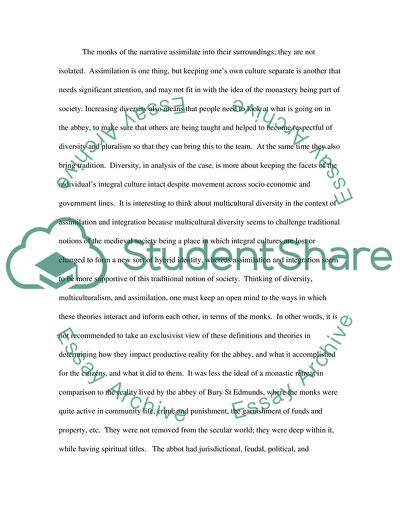Cite this document
(Brakelonds The Chronicle of the Abbey of Bury St. Edmunds Essay Example | Topics and Well Written Essays - 1500 words, n.d.)
Brakelonds The Chronicle of the Abbey of Bury St. Edmunds Essay Example | Topics and Well Written Essays - 1500 words. https://studentshare.org/history/1743587-chroonicle-of-the-abbey-of-bury-st-edunds
Brakelonds The Chronicle of the Abbey of Bury St. Edmunds Essay Example | Topics and Well Written Essays - 1500 words. https://studentshare.org/history/1743587-chroonicle-of-the-abbey-of-bury-st-edunds
(Brakelonds The Chronicle of the Abbey of Bury St. Edmunds Essay Example | Topics and Well Written Essays - 1500 Words)
Brakelonds The Chronicle of the Abbey of Bury St. Edmunds Essay Example | Topics and Well Written Essays - 1500 Words. https://studentshare.org/history/1743587-chroonicle-of-the-abbey-of-bury-st-edunds.
Brakelonds The Chronicle of the Abbey of Bury St. Edmunds Essay Example | Topics and Well Written Essays - 1500 Words. https://studentshare.org/history/1743587-chroonicle-of-the-abbey-of-bury-st-edunds.
“Brakelonds The Chronicle of the Abbey of Bury St. Edmunds Essay Example | Topics and Well Written Essays - 1500 Words”. https://studentshare.org/history/1743587-chroonicle-of-the-abbey-of-bury-st-edunds.


